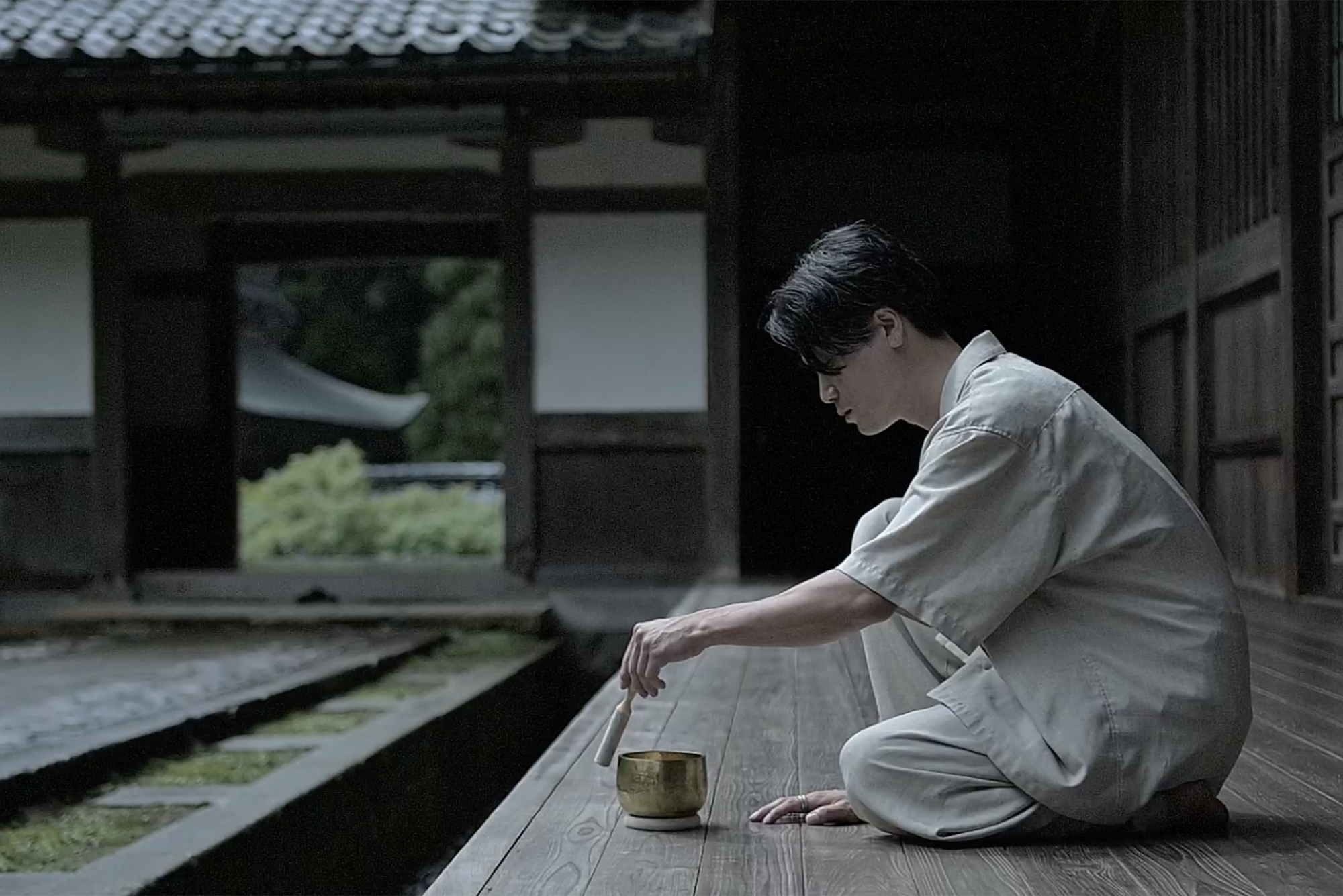古くから、場を清め、人々の心を癒してきたおりん。
その美しい音色は奥深く、うねりに耳を傾けると穏やかに広がる波紋に身も心も包まれ、ほぐされていく。
黄銅の板から幾つもの金鎚によってかたちを成し最後に、音は相応しいうねりへ導かれ命を吹き込まれる昇龍のおりん。
そのかたち、その音色は、それぞれの個性を持つ。
どこまでも続くような音の海。自らと響きあう音との出会いを。
Ancient times, there has been an "orin" that purifies the space and soothes the hearts of people.
Its beautiful sound is profound, and when one listens closely to its undulating melodies, they become gently enveloped in spreading ripples, both physically and spiritually, gently unwinding.
Forged from brass plates, shaped by numerous hammers, and finally infused with life, the "orin" is like a rising dragon guided to its appropriate undulations.
Its form, its sound, each possesses its own uniqueness.
An endless sea of sound stretches out, inviting encounters with harmonious echoes of the self.
538年、おりんは仏教と共に仏具として、中国大陸から朝鮮半島を経て、日本へと伝わってきました。
はじめは、単に鳴り物としての存在でしたが、1100年頃から仏教が庶民の間に広がり盛んになっていくにつれて、おりんの音色がより心地良いものとなるようにと、僧侶と職人が意見交換し、試行錯誤をしながら、形や厚みを変え、日本独自の進化を繰り返してきました。
そして現在のおりんは、心を落ち着かせ、祈りに集中しやくするためのものとして仏事に欠かせないものになってます。
長い年月を経て今尚進化し続ける美しいおりんの音色、心の平穏や集中力を高める存在として、必要とする方に届き、広がっていくことを願っています。
In 538 AD, along with Buddhism, the bronze bell, known as "orin," was transmitted from the Chinese mainland to the Korean Peninsula and eventually to Japan.
Initially used simply as a musical instrument, around 1100 AD, as Buddhism spread among the common people, monks and craftsmen exchanged ideas and experimented to create a more pleasing tone for the orin, resulting in various changes in its shape and thickness, leading to Japan's unique evolution of the instrument.
Today, the orin is indispensable in Buddhist ceremonies, serving to calm the mind and focus prayers.
Over the years, we hope that the beautiful sound of the orin, will reach and spread to those who need it as a means of enhancing peace of mind and concentration.

about shimatani syouryu Studio.

about syouryu products.

How to use Orin.
